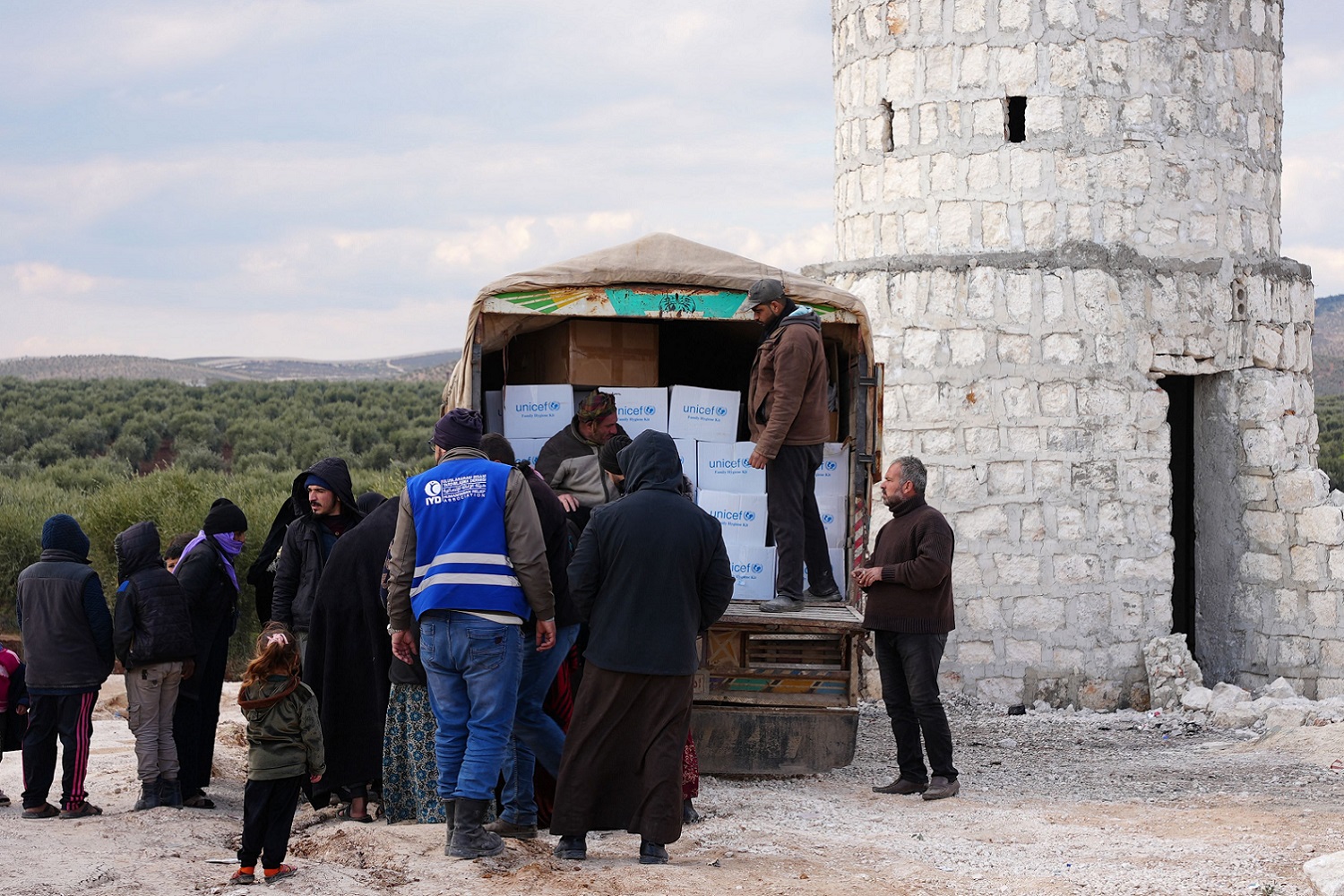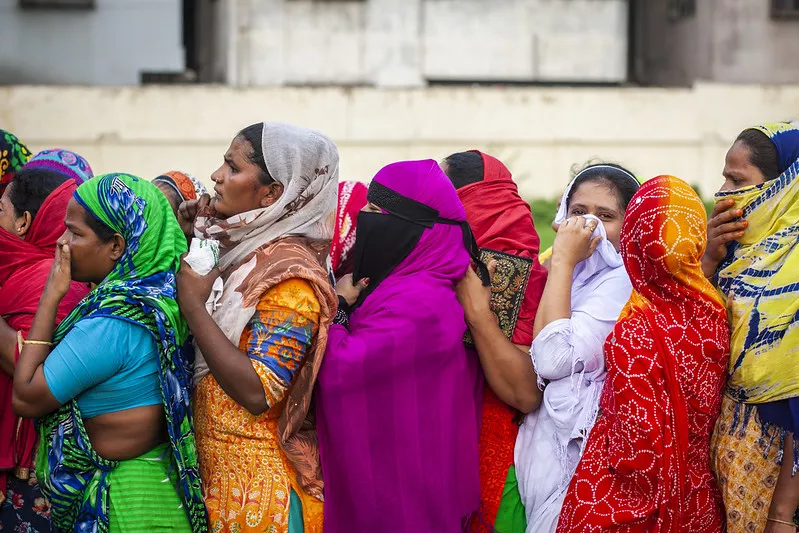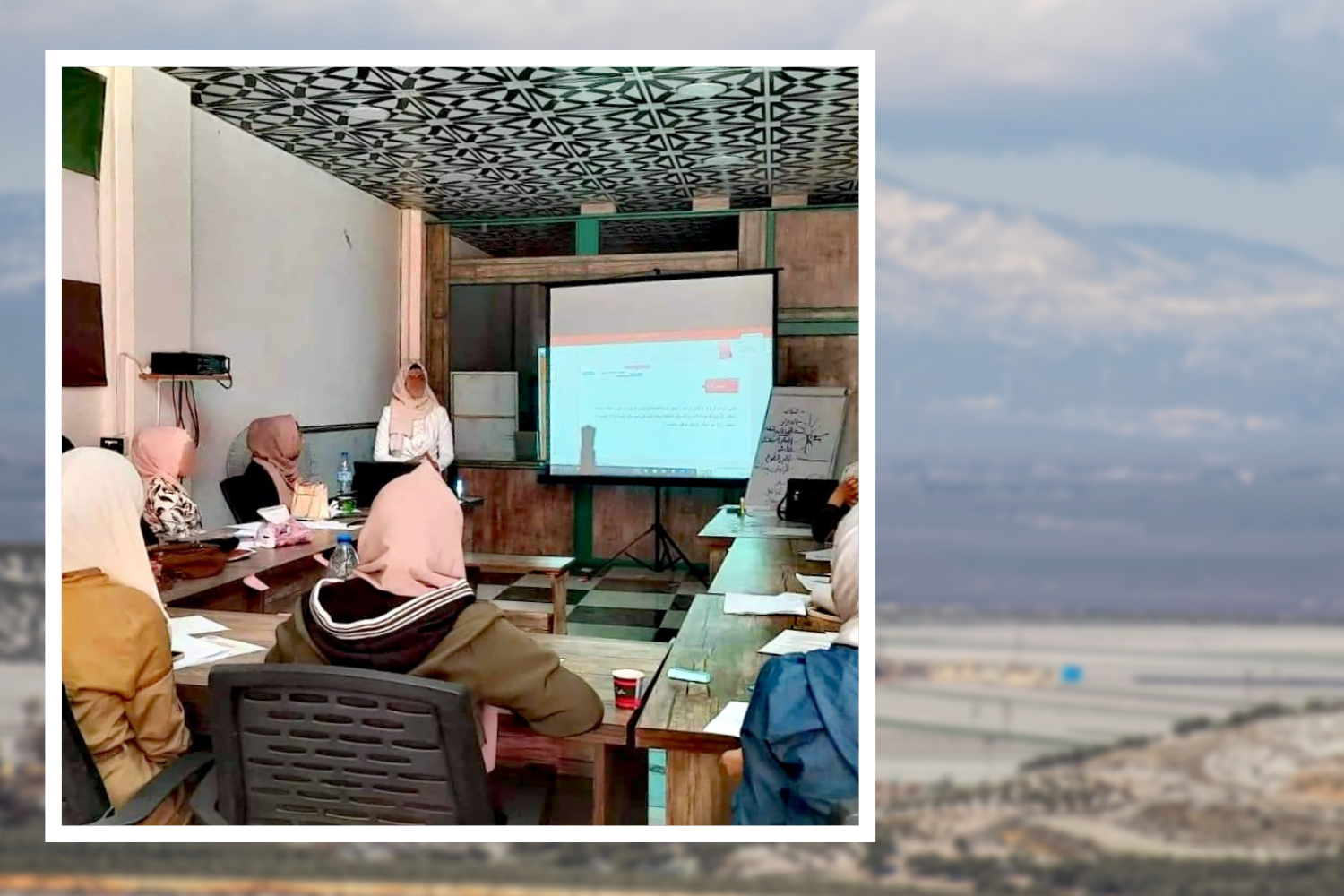Humanitarian action is not a diplomatic tool; rather, its main objectives are to save lives, alleviate suffering, maintain dignity, and reduce vulnerability during and in the aftermath of crises. However, in practice, the relationship between humanitarian action and peace is more intricate than it seems.
Using the case of Syria, this blog by Juline Beaujouan illustrates how humanitarian actors are unwilling participants in the conflict and how, despite attempts being made to use it as a weapon, humanitarian aid can also leverage local peace.
“Humanitarian actors are not peace builders: neutral, impartial, independent humanitarian action is distinct from political agendas and it must remain so. Yet, I would argue that while others make peace, humanitarian action helps to make peace possible.” These are the words spoken by the President of the International Committee of the Red Cross, Peter Maurer, in his address to the SIPRI Forum on Peace and Development in May 2019.
In line with humanitarian principles, humanitarian action is not a diplomatic tool; rather, its main objectives are to save lives, alleviate suffering, maintain human dignity during and in the aftermath of human-caused crises, and reduce human vulnerability to such crises. However, in practice, the relationship between humanitarian action and peace is more intricate than it seems. Using the case of Syria, which the 12-year war has plunged into unparalleled suffering, this blog illustrates how humanitarian actors are unwilling participants in the conflict and how, despite being used as a weapon against those it is intended to protect, humanitarian aid can also leverage local peace.
This short piece is by no means a criticism of the humanitarian workers who have been confronted by the Syrian war with an impossible choice between saving lives and remaining politically neutral. A number of investigations have already uncovered the dysfunctions and failures of the humanitarian system in Syria. Instead, this blog should be regarded as an encouragement to consider humanitarian action for what it is: an imperfect system that can, with flexibility and boldness, pave roads towards temporary – and even sustainable peace.
Humanitarian neutrality or double standards?
In Syria, more than anywhere in the world, the question of humanitarian aid and its transit through borders is inextricably linked to the political process and the political manoeuvres of some of the warring parties. The weaponisation of humanitarian aid in Syria, difficulties with access to local communities, and the protracted nature of the conflict have left humanitarian actors limited options: either to operate remotely across the Turkish, Jordanian, Lebanese, and Iraqi borders through local partnerships, or to operate from Damascus, thus complying with the restrictions on humanitarian work imposed by the Syrian regime. As a result of the many constraints on their work, international humanitarian actors came to be described by the vast majority of distrustful Syrians as politically biased and unfair, as shown in a previous report on community response to the Covid-19 pandemic. This is reflected in the following, shared by an international humanitarian worker who used to be based in Kurdish-controlled northeast Syria:
The truth is that everybody always chooses a side in a conflict, even the international community. For instance, when the cholera epidemic broke out in the northeast [in August 2022], we were reporting 60 cases a day in hospitals, and we reached a total of 600 cases in the region. But no one listened and wanted to help. However, when cholera cases broke out in the northwest, the region immediately received a 2 million fund to channel aid.
The cholera outbreak is not an isolated example; stories of double standards in the application of humanitarian principles and response to crises can be counted by the dozens, with great variation depending on donors and humanitarian partners. For instance, in 2018, the Local Administration Councils Unit (LACU), a Syrian civil society organisation that promotes good governance and local administration, was excluded from the list of approved NGOs of the United Nations (UN) Office for the Coordination of Humanitarian Affairs (OCHA) coordination cluster when they mapped a local network of responsibilities for humanitarian intervention in coordination with local councils in northwest Syria. OCHA justified the exclusion with reference to the political status of local councils, even though these institutions were mostly elected and officially independent of opposition governments. Paradoxically, LACU was receiving European funding at that time to implement a project aimed at building the capacity of the Syrian Interim Government. More surprising, when the Syrian Salvation government – another opposition body unofficially affiliated with the armed group Hayat Tahrir al-Sham – gained control over Idlib governorate, OCHA insisted that NGOs coordinate with the opposition government.
For many Syrian non-governmental organizations (NGOs), the endless search for neutrality is counterproductive, and the international humanitarian response in parts of Syria in fact increases the vulnerability of communities. For example, in the northwest, which is home to close to 1,500 internally displaced persons (IDPs) camps and informal sites, the UN rejects building better shelters for fear of demographic change. Even so, as the founder of one of the largest Syrian NGOs in the northwest remarks, the same argument is not used to oppose Turkey’s plan to return Syrian refugees to over 300,000 newly-build houses in northwest Syria.
The search for humanitarian peace
Humanitarian aid can fuel conflict at the local level, and can be used as a tool of war by warring parties at the national level. However, humanitarian aid is also a vital stabilising factor; the twelve years of conflict in Syria gave birth to the well-known saying: ‘A humanitarian road is a road cleared of mines’. By providing immediate relief to populations in need, humanitarian aid reduces socio-economic tensions and contributes to “small peace”. According to a senior member of Azaz City Council, in the north of Aleppo, the positive effect of humanitarian action is dependent on the nature of aid provided:
We found that small skill-building projects are more efficient than the distribution of relief baskets because they help residents learn a profession and foresee a sustainable future. They also provide job opportunities for many displaced persons and residents alike, thereby promoting social integration across society. However, it is important that these trainings do not reproduce social and gender stereotypes such as limiting the participation of women to sewing projects.
The southern governorate of Daraa, which was revived under the control of the Syrian regime in 2018, provides a striking example of the disastrous consequences of limited humanitarian access and broken civil society. Despite the official return of peace, the region is plagued with mounting security issues, ranging from domestic violence to theft and kidnapping. A woman activist, who spoke on condition of anonymity, explained why the process of aid delivery only could create opportunities for effective peace and positive dialogue:
Today, most of the conflicts in the region are social and economic conflicts resulting from the poor living conditions of residents. How will people accept negotiation, discussion, or change while they are starving?
Reduced access also hinders the process of monitoring needs and aid delivery, rendering humanitarian providers less accountable in terms of neutrality and equity. As such the return of aid to the region is vital, as it would also ease the distrust and tensions between local communities and the Syrian regime which imposes strict conditions on access of international NGOs and the survival of local fellow organizations.
As shown by this brief comparison of opposition-held Azaz and regime-controlled Daraa, humanitarian aid could contribute to confidence-building measures, only to the extent that can foster coordination between warring parties, rather than the subordination of civilian population and civil society to the party that controls the supply and circulation of aid.
Another way humanitarian actors can encourage peace is by calling for humanitarian truces or ceasefires. Previous research shows that the opening of ‘humanitarian corridors’, ‘peace zones’ and other de-militarized areas are a regular feature of peace agreement negotiations around the world with varying degrees of success. In Syria, a brief review of 108 peace agreements included in PeaceRep’s PA-X peace agreements database revealed that only 26 included humanitarian provisions between 2012 and 2022. The majority of these 26 peace agreements – 16 precisely – were signed in the framework of international peace processes under the leadership of the UN or Russia. In other words, humanitarian principles are more likely to be upheld during international negotiation efforts, while they are mostly absent from agreements negotiated by state and non-state armed groups within Syria.
Finally, a content analysis of the 26 aforementioned agreements has exposed a dangerous shift from humanitarian to securitised peace. When negotiated with or by the UN, peace agreements contain detailed conditions relevant to human safety, such as prisoner exchange, humanitarian corridors, and the evacuation of the wounded. They also include non-military signatories such as civilian representatives. However, since 2017, agreements have emphasised the security dimension of peace with little respect for humanitarian principles. When agreements do include humanitarian provisions, they are concise and written in general terms and are always associated with reconstruction projects, which the European Union and the US refuse to support. For example, under the Astana peace process led by Russia, Turkey and Iran, humanitarian provisions aim at securing sovereign borders, thereby reaffirming the monopoly of violence into the state, and disarming opposition armed groups.
According to civilians interviewed by the author, negotiation practices during the sieges showed the lack of commitment by Russia to solving the conflict according to humanitarian principles:
I remember when we finally managed to negotiate a ceasefire in Douma [northeast of Damascus] in 2018. On the day the UN convoy finally entered the city to deliver humanitarian assistance, Russian jets started shelling.
As illustrated by this anecdote, the pre-eminence of geopolitical interests in Syria – over any kind of moral principles or responsibility to protect – has major consequences on the peace that is delivered in diplomatic, military, and humanitarian terms. It speaks to the urgent need to reaffirm the vital role of humanitarian principles in inclusive and sustainable peace. It is also a testimony to the expertise gained by hundreds of Syrian humanitarian workers over a decade of conflict who are committed to putting their experience to the service of vulnerable people, towards effective peace around the world.


